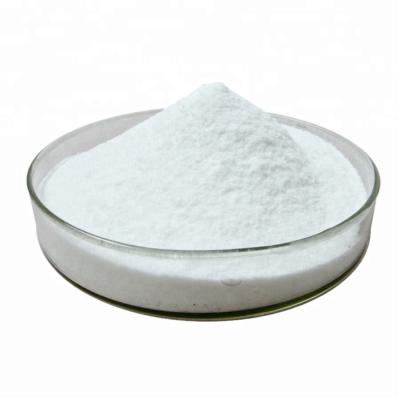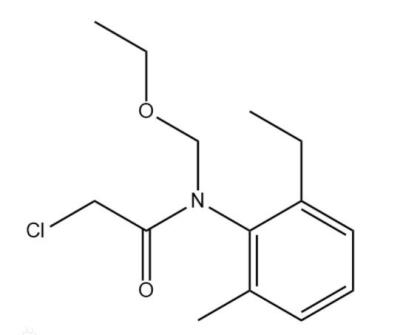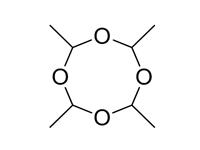Syngenta bringt vier neue Biopestizide in Italien auf den Markt
In nur zwanzig Jahren haben sich die synthetischen Wirkstoffe für die phytosanitäre Abwehr praktisch halbiert, von etwa 440 im Jahr 2000 auf heute etwas mehr als 200.
Dies liegt an immer strengeren regulatorischen Anforderungen in Bezug auf toxikologische und ökologische Profile.
Die Verteidigung kennt jedoch keine Rückschläge und verlangt höchste Aufmerksamkeit gegen Krankheitserreger und Parasiten. All dies, auch mit Blick auf das Restprofil der Ernte, ist ein weiteres Thema, über das sich die globalen Lebensmittelketten Gedanken gemacht haben die Messlatte höher legen.
Dies hat die Notwendigkeit geschaffen, neue Lösungen mit einem völlig anderen Charakter zu entwickeln, um beispielsweise die Lücken zu schließen, die durch die Defekte der synthetischen Moleküle hinterlassen wurden, was gleichzeitig erhebliche Vorteile aus toxikologischer, ökologischer und rückstandsbezogener Sicht bringt.
Die Ladung der Biologika
In solchen höchst herausfordernden Szenarien hat der Bereich der Lösungen natürlichen Ursprungs, auch bekannt als "Biosolutions", schnell die größte Aufmerksamkeit erlangt. Das sind Wirkstoffe, die von Mikroorganismen oder Arten, die zum Pflanzenreich gehören, oder von den Mikroorganismen stammen selbst, die auch im ökologischen Landbau eingesetzt werden können.
Heute breitet sich der Sektor der Biokontrollprodukte schnell aus, dank der Einführung neuer technischer Vorschläge, von denen jeder einzigartig ist. In diesem Zusammenhang hat Syngenta 2023 eine Handvoll Produkte auf den Markt gebracht, die diesen Anforderungen entsprechen, nämlich ROMEO ® , ARBIOGY ® , BEMOTIUS ® und CLAVITUS ® 13 SL.
Ihre Verwendung stellt nicht nur eine Injektion neuer organischer Lösungen dar, sondern stellt auch eine wertvolle Gelegenheit für die integrierte Landwirtschaft dar, um traditionelle Verteidigungsprogramme zu differenzieren und zu bereichern.
Die vier Achsen der Linse
The advantages deriving from using biosolutions are all tangible and extremely interesting. For example, they help contain pathogens and parasites through mechanisms of action utterly different from synthetic substances. This contributes to the contrast of resistance phenomena, a growing problem in the various sectors of phytosanitary defense. The absence of a safety interval, or in any case extremely limited, also allows its use up close to the collection.
Formulated as a wettable powder, ROMEO® is a biofungicide based on cerevisane, an inert substance made up of the cell wall of Saccharomyces cerevisiae strain LAS117. It acts as a resistance inducer in plants and can be used on vines and vegetables against powdery mildew, downy mildew and botrytis. Crops subjected to treatment with ROMEO® activate endogenous responses to pathogens since the product mimics their presence. Therefore, when the disease arrives, the plant tissues have already proactively activated their natural defenses, thus hindering its spread.
There are three insecticides:
ARBIOGY® is a bioinsecticide containing Beauveria bassiana - ATCC 74040, a parasitic fungus of insects and mites. It can also be used organically and is registered on vines, stone fruit, floral and ornamental crops. ARBIOGY® is formulated as an oily dispersion and should be used at the first appearance of the target organism, conducting up to a maximum of five applications per year with an interval of 5 to 7 days. Its spectrum of action includes thrips, mites, leafhoppers (including scaphoid), whiteflies, fruit and cherry flies.
BEMOTIUS® instead contains azadirachtin A and is proposed as a natural insecticide for the protection of apple trees, citrus fruits, vines, strawberries, floral/ornamental and numerous horticultural crops. Authorized for foliar and soil use on target parasites, it acts as a growth regulator, altering the development of insects. It also has a disappetent and repellent action which performs a dissuasive function. Its spectrum of activity is broad, including aphids, mealybugs, whiteflies, leaf miners, thrips, flies, Colorado potato beetle, nocturnals and other lepidopteran larvae. Of the four innovations from Syngenta, it is the only one that must respect a safety interval, which varies from one to seven days, depending on the crop.
Finally CLAVITUS® 13 SL. Authorized on the main horticultural crops, it is a liquid formulation containing potassium salts of fatty acids at a rate of 130.4 grams per liter, combined with vegetable oils and essential oils such as terpenes and aromatic substances. Vegetable oils make the exoskeletons of the target parasites more permeable, i.e. aphids, bedbugs, thrips, whiteflies, leaf miners and mites, allowing for better penetration of potassium salts. At the same time, the aromatic substances function as repellents, adding an additional element to the product's mode of action. In the field, it should be used when parasites appear, repeating the treatment in case of re-infestation. CLAVITUS® 13 SL is also characterized by its high speed of action and strong knockdown power. Not having any safety interval,
Ein spezieller Katalog
The new four bio-solutions from Syngenta fit into and expand an already established range of products in organic and integrated agriculture. Market references in this sense are in fact products such as TAEGRO® (B. amyloliquefaciens - FZB24) and PRIMIAL® (B. thuringiensis var. Kurstaki SA11).
By correctly inserting these proposals in the defense programs, it is possible to contain the adversities of the crops while lightening the environmental pressure and the residual profile of the crops.
Quelle: Syngenta Italia Spa




